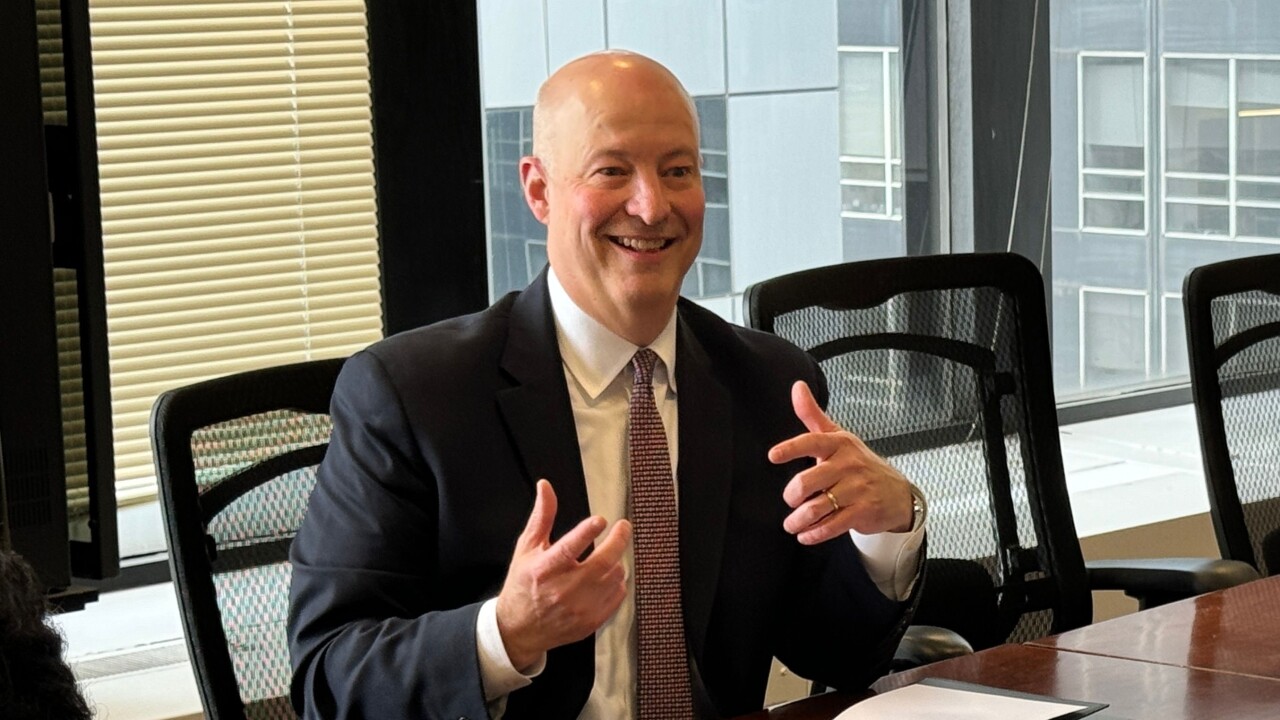The share of families with an individual account retirement plan such as an IRA or 401(k) is decreasing, but the assets in those plans are increasing, according to a new study.
An analysis by the nonpartisan Employee Benefit Research Institute found that the percentage of all families with an individual account retirement plan declined from 52.8 percent in 2001 to 48.2 percent in 2013, based on the most recent data from the 2013 Survey of Consumer Finances, the Federal Reserve Board’s triennial survey of wealth.
While ownership of individual account retirement plans was declining, the median account balance of those families owning an individual account retirement plan increased. The value was $35,456 in 2001 but reached $59,000 by 2013.
The EBRI report focuses on individual-account retirement plans, such as employment-based defined contribution plans (primarily 401(k) plans) and individual retirement accounts because they are critically important to the finances of so many American families.
“For many families, individual account retirement plan savings constitute most of whatever financial assets they have,” said EBRI senior research associate Craig Copeland, who wrote the report. “Looking at these accounts is key to understanding how well—or poorly—people are preparing for retirement.”
Among families owning such plans, the EBRI report found that individual account retirement plan assets were a clear majority of their total financial assets: 70.3 percent in 2013 at the median, the same share as in 2010. Across all demographic groups, these assets accounted for at least 49.2 percent of median total financial assets (when these accounts were owned).
Copeland acknowledged, however, that the results of the study do not answer questions about what is needed for retirement, but they do show the continued growing importance of individual account retirement plans. “Consequently, any policy that alters this system could have consequences—either positive or negative—for Americans’ ability to fund a comfortable retirement,” he said in a statement.
The EBRI report also found that while retirement plan ownership from a current employer among families declined from 20102013, the percentage of family heads who were eligible for defined contribution (DC) plans and chose to participate held essentially stable at 78.2 percent in 2010 to 78.7 percent in 2013.
The percentage of families owning IRAs or Keoghs was also unchanged from 2010 (28.0 percent) to 2013 (28.1 percent). In addition, the percentage of families with an individual account retirement plan from a current employer or a previous employer or an IRA/Keogh declined from 50.4 percent in 2010 to 48.2 percent in 2013. However, when including defined benefit (pension) retirement plans, the percentage with any retirement plan was unchanged from 63.8 percent in 2010 to 63.5 percent in 2013.
By IRA type, regular IRAs account for the largest percentage of IRA ownership, but rollover IRAs had a slightly larger share of assets than regular IRAs in 2013.
The increase in IRA wealth is expected to continue in the future, as more workers will be in defined contribution plans and will be in them for a longer period of their working lives than in the past (since defined contribution plans did not become dominant until the late 1990s).
The full report, “





